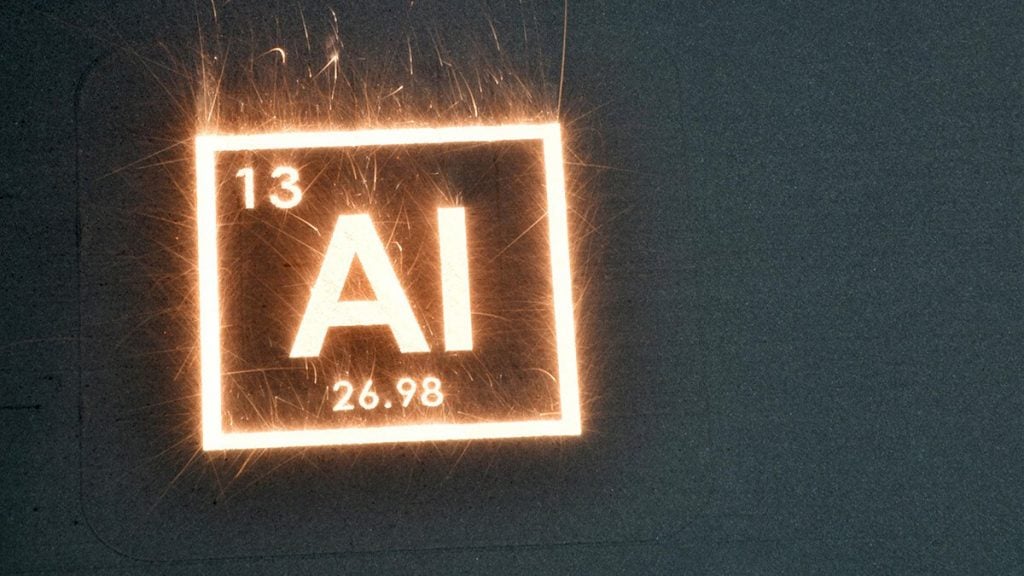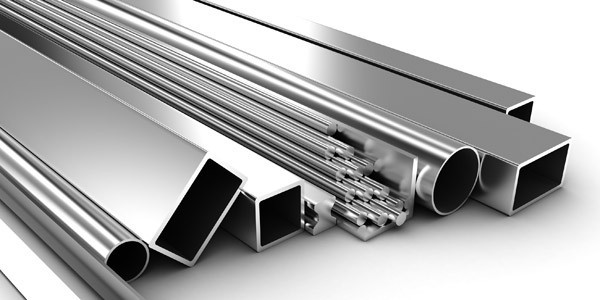3D printed planes will be lighter and fly further

HRL Laboratories have made a breakthrough; a way to reliably 3D print high-strength aluminum alloys.
You’re hungry. The baby’s crying. The picturesque sites of Australia that the travel company promised you has been exchanged for some corrugated steel and a stale turkey sandwich. This isn’t your fault – due to our technological limits you cannot fly direct from the UK to Australia. So you sit, counting down 6 hours until your connection from Singapore is ready to board – sweaty, grumpy, and disillusioned.
The video below shows the alloys-creating process:
Is that all about to change?
Aeroplanes are currently made with thousands of small, metal rivets and fasteners, as aluminium alloys were until recently considered unweldable. However, a research team in HRL Laboratories in Malibu have devised a way of using 3D-printing these aluminium alloys without resulting in “hot-cracking“. They have managed to 3D-print two commonly used aluminium alloys, which are both high-strength, yet lightweight.
To put it bluntly, this is a big deal. There a multiple other sectors that also have uses for these alloys, such as other vehicles like cars. This is only the start, too. In the future, we may be able to improve these techniques to create more complex metal alloys like nickel, or even steel.

Lightweight, strong aluminium alloys allowing for better plane travel
Nano-coating: the tech behind the breakthrough
The breakthrough came about by coating the metal particles with specially selected nanoparticles, to create the structure of the alloy. The molten alloy then follows the pattern of the nanoparticles, negating hot-cracking.
The ability to weld together aluminium alloys could lead to significantly lighter aircraft. These lighter planes in theory could fly for longer without stopping, and therefore be better for the environment. In addition, the reduction in fuel usage will result in cost savings being passed onto consumers, who will enjoy cheaper flights as a result.
So in the very near future, it looks like the time of stale turkey sandwiches in airports is over. Partly 3D printed planes pose a number of advantages, and the applications of this technology will only grow as we head into the future.
Have any opinions on the future of aircraft due to 3D printing? Let us know in a comment below or on our Facebook and Twitter pages! Don’t forget to sign up for our free Newsletter, all the latest news in 3D printing straight to your inbox!






